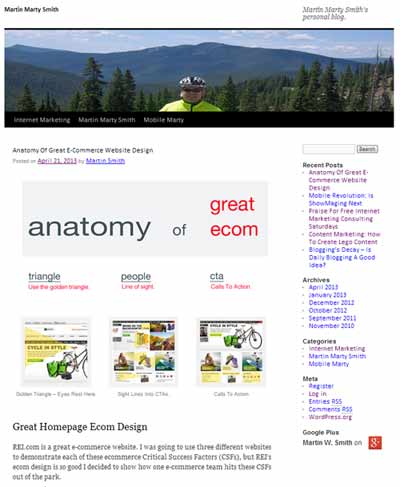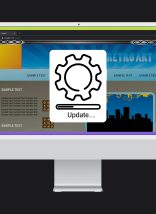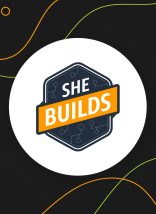
The Lean Content Movement
I created Anatomy of Great Ecom for one of my content marketing websites a few days ago (image below). I approached the post with the Lean Content Movement in Mind. Scoop.it’s CEO Guillaume Decugis, Founder Marc Rougier and the team at Scoop.it, a curation tool I love, and their team is pioneering the Lean Content Movement.
Show don’t tell may be a good summary of the Lean Content Movement. Marketing influenced by MOBILE is MORE visual no. If your visuals aren’t cool and arresting no one reads the words or watches the video. Emerging content marketing ideas are forming into best practices for our new Lean Content Movement.
.
Lean Content Movement Ideas
* Show don’t tell.
* Play for shares.
* Create Key Performance Indicators (KPIs) that make shares more likely.
* Everything promotes more or less shares, there is no neutral in content marketing.
* Content is money, but not all content is equal.
* Create movements not campaigns.
If you think a list like this would be better presented graphically you are thinking like a lean content marketer.
If I had the graphic skills necessary I would have formed the Lean Content Movement Ideas list into a graphic. My inability to do so brings up another aspect to the Lean Content Movement – it takes TIME and the right team. If you don’t have a great graphic designer on your content team, one who can work FAST, then your content marketing team isn’t ready for the Lean Content Movement.
How Anatomy of Great Ecom content aligns with Lean Content Movement:
* Led with WordPress Gallery.
* Told the story in 3 visuals FIRST.
* Wrote the content after leading by telling the story visually.
* Used “web writing” guidelines for the words (short sentences, small paragraphs, big headers and bullet points for scanners).
* Anatomy of E-commerce fits in New E-Commerce Movement.

Movements Not Campaigns
TIME and COMMITMENT are the differences between campaigns and movements. Create Movements To Sell Campaigns is a ScentTrail Marketing post touching on how to create an umbrella idea, a “movement” that creates cohesion binding all other ideas together in a meaningful core. If you sell B2B and B2C web and software development as we do at Atlantic BT, you could create movements for:
- The New E-commerce.
- Mobile Revolution.
- Hyper-Local marketing.
- Visual Marketing Movement.
- Content Marketing Movement.
Presence or absence of Blue Oceans may be the tactical reason you choose one “movement” over the other.
Blue Oceans, taken from the book Blue Ocean Strategies by Kim, are pockets of new value you create to swim in an ocean not yet infested with sharks, not turned red from zero-sum competition. Cirque du Soleil is a favorite example of a Blue Ocean strategy. Cirque du Soleil redefined “circus” stripping away COSTS (animals and travel) and leaving storytelling and acrobatics. Genius Blue Ocean strategy.
Lean Content feels like a Blue Ocean.
Karen Dietz, one of my favorite storytelling tutors and founder of JustStoryIt.com, says he who tells the best story wins. I agree and would add the website that creates movements supported by lean content will WIN BIG in our emerging connected, social and mobile economy.
Join and Follow Atlantic BT
Follow @Atlanticbt on Twitter.
Like Atlantic Business Technologies on Facebook.
Follow @Scenttrail (Marty) on Twitter.









